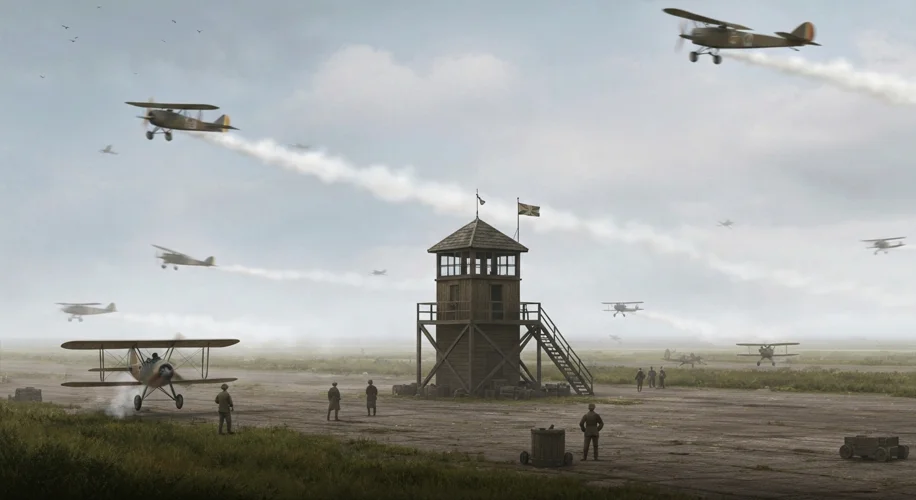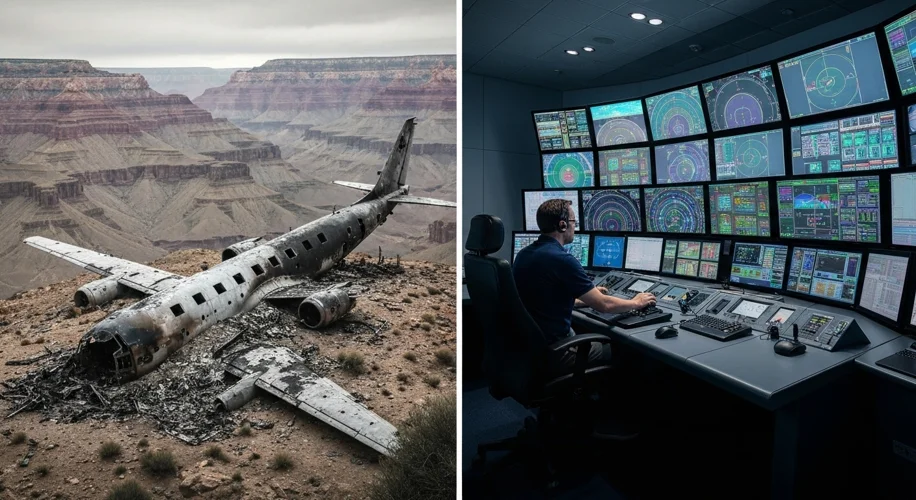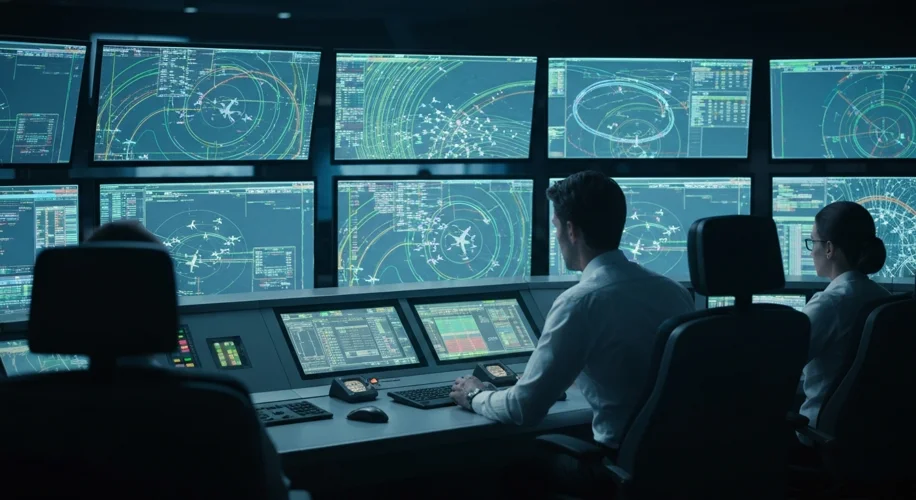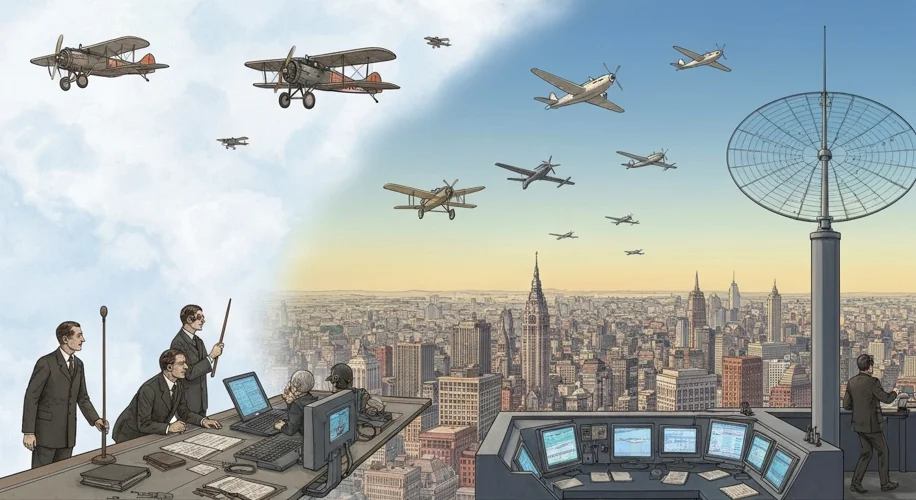The sky, a vast expanse that once represented ultimate freedom, has become a complex, meticulously orchestrated highway. Every day, thousands of aircraft crisscross this aerial domain, their movements a testament to human ingenuity and a critical system that operates largely unseen: Air Traffic Control (ATC).
Imagine the early days of flight. Pilots were pioneers, navigating by sight, instinct, and the sheer courage of their convictions. The sky was a wild frontier, and collisions, though rare due to the sparse traffic, were a terrifying possibility. As aviation began to grow, particularly with the advent of commercial passenger flights and military expansion in the early 20th century, the need for order became undeniable. The romance of the open sky was giving way to the stark reality of potential disaster.

The seeds of air traffic control were sown in the nascent days of aviation. In 1920, the first radio-equipped control tower was established in the United States. This was a monumental leap from relying solely on visual cues. Pilots could now receive rudimentary instructions, warnings, and weather updates, adding a layer of safety to their journeys. However, this system was far from what we know today. It was largely based on voice communication, often prone to misunderstandings and limited by the technology of the era. Radio waves could be unreliable, and the sheer volume of information could overwhelm controllers and pilots alike.
The true catalyst for a more robust ATC system arrived with World War II. The rapid advancement of aviation technology, including the development of radar, provided new tools. Radar allowed controllers to ‘see’ aircraft on a screen, regardless of weather conditions or visibility. This was revolutionary. Suddenly, the sky was no longer just a space to be navigated visually; it was a three-dimensional grid that could be monitored and managed with unprecedented precision. Controllers, often former military personnel, became the new guardians of the sky, their voices crackling over radios, guiding an ever-increasing number of aircraft.
Post-war, the boom in commercial aviation presented new challenges. Passenger numbers soared, and the skies became more crowded than ever before. Incidents, tragically, continued to highlight the system’s limitations. One of the most pivotal moments came on June 30, 1956. Two commercial airliners, a Trans World Airlines Constellation and a United Airlines DC-7, collided in broad daylight over the Grand Canyon, killing all 128 people on board. The sheer horror of this event sent shockwaves through the industry and the public. The official investigation pointed to a lack of adequate air traffic control and the pilots’ inability to see each other due to atmospheric conditions. This disaster served as a stark, undeniable call to action.

In the aftermath of the Grand Canyon collision, a significant investment was poured into improving ATC. The Federal Aviation Act of 1958 in the United States created the Federal Aviation Agency (FAA) and tasked it with overseeing all aspects of civil aviation, including air traffic control. This marked a new era of centralized management and technological advancement. Radar systems were upgraded, and new procedures were implemented to ensure that aircraft maintained safe separation distances. The concept of Air Traffic Control Centers (ATCCs), where controllers manage aircraft over large geographical areas, became standard. These centers, with their vast arrays of radar screens and sophisticated communication systems, are the nerve centers of modern aviation.
The evolution continued with the introduction of automation and computer-aided systems. Early attempts at automation faced skepticism and technical hurdles, but gradually, technology began to augment human controllers. Systems were developed to predict aircraft trajectories, alert controllers to potential conflicts, and manage complex airspace around busy airports. The advent of the Digital Age has brought further innovations, including Advanced Surface Movement Guidance and Control Systems (A-SMGCS) at airports, which track the precise location of aircraft and vehicles on taxiways and runways, and the development of satellite-based navigation and communication systems.

Today, air traffic control is a highly sophisticated field. Controllers work in a high-pressure environment, making split-second decisions that ensure the safety of millions of passengers daily. They are the unseen architects of the sky, orchestrating a ballet of metal birds with precision and dedication. The system relies on a layered approach: airport towers manage takeoffs and landings, while en route centers guide aircraft between destinations. Communication is a critical component, with strict protocols and standardized phraseology ensuring clarity, even across different languages and accents.
The challenges, however, are far from over. As air travel continues to grow, so does the complexity of managing global airspace. Emerging technologies like drones and the potential for space tourism present new frontiers that ATC must adapt to. Cybersecurity is also a growing concern, as ATC systems are increasingly reliant on digital networks. Furthermore, the human element remains paramount. Despite advancements in automation, the experience, judgment, and quick thinking of human controllers are irreplaceable.
The history of air traffic control is a compelling narrative of human foresight, technological innovation, and a relentless pursuit of safety. From the lonely aviator of the early 20th century to the complex, automated systems of today, the journey has been one of continuous evolution. It is a field that embodies our ability to tame the wild, to bring order to chaos, and to ensure that the skies, though busy, remain the safest place to be.

